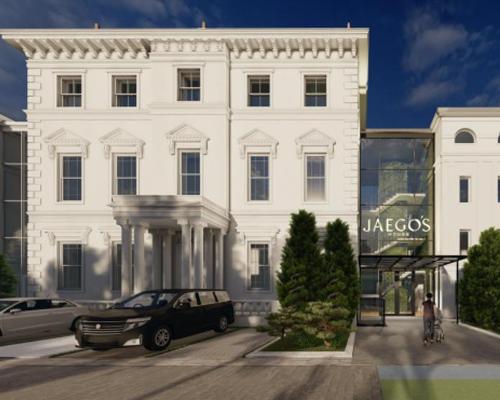Lack of knowledge in the medical profession and out of date test protocols could be leading to healthy people being misdiagnosed with heart disease, according to new research from the British Heart Foundation.
There's a danger that increases in the size of the heart due to exercise – a positive change – may be being confused with an "enlarged heart" a life-shortening condition which is associated with heart disease, because medics are using out of date test calibrations.
Researchers at MRC Clinical Sciences Centre at Imperial College London, studied the MRI scans of more than 1,000 people in one of the largest studies of its kind. They recorded the participants' activity levels over the past year, according to how many hours exercise they did each week.
Around one third of the volunteers reported doing three to five hours exercise a week. In people who did more than five hours exercise, almost 50 per cent had positive changes to their heart as a result of becoming fitter.
Beneficial increases in the size of the heart after exercise had, until now, only been thoroughly recorded in athletes.
The findings could affect diagnosis of heart conditions, as some of these can also affect the heart's size and shape, but in a negative way.
An "enlarged heart" has been seen as warning sign of certain conditions such as cardiomyopathy, which can lead to heart failure, but this must not be confused with the positive "enlargement" which occurs as a result of heart disease.
Doctors use MRI scans to diagnose heart conditions, which can appear as an enlarged heart on the scan in cases of heart disease. These research findings indicate that just moderate physical activity can affect the heart enough to lead to a misdiagnosis where doctors could confuse a bigger heart due to exercise with an enlarged heart due to heart disease.
Dr Declan O'Regan, one of the lead researchers on the study, which was published in Circulation: Cardiovascular Imaging, said: “It's well known that the hearts of endurance athletes adapt in response to exercise, a phenomenon called 'athlete's heart'. This study is the first to show that healthy adults who do regular exercise may also develop bigger hearts. As a result, there's a risk that some active adults could be misdiagnosed with heart disease."
The research suggests that the more exercise you do over a threshold of three hours, the more the heart is likely to adapt in response and the more pronounced the changes. The heart muscle gets thicker and the heart's chambers and the volume of the heart chambers increase. These changes allow the heart to pump more blood, so the body's muscles get the oxygen and nutrients required during exercise. This change leads to a lowering of the heart rate as each beat is able to circulate more blood, reducing the strain on the heart.
Internationally, doctors use a standard set of values to judge whether a person's heart thickness and volume is in the healthy or abnormal range. This ensures consistent diagnoses in different hospitals. But, according to the researchers, the diagnostic criteria were set using evidence from a much smaller study with people who were not as physically active. The findings of this study could, therefore, change how doctors around the world diagnose heart conditions.
The British Heart Foundation part-funded the research. Its research advisor, Dr Noel Faherty, said: “The events in Rio will undoubtedly inspire many of us to put on our running shoes and get active. And this interesting research shows that even moderate physical activity is associated with changes in the heart's size and shape, which are visible on a cardiac MRI.
"Detectable changes to the heart on an MRI scan are common in elite endurance athletes but some heart conditions, like cardiomyopathy, can be diagnosed by detecting similar changes. This study demonstrates the importance of documenting the MRI appearance of healthy, active people's hearts so normal adaptive changes are recognised by doctors and not mistaken for disease."























